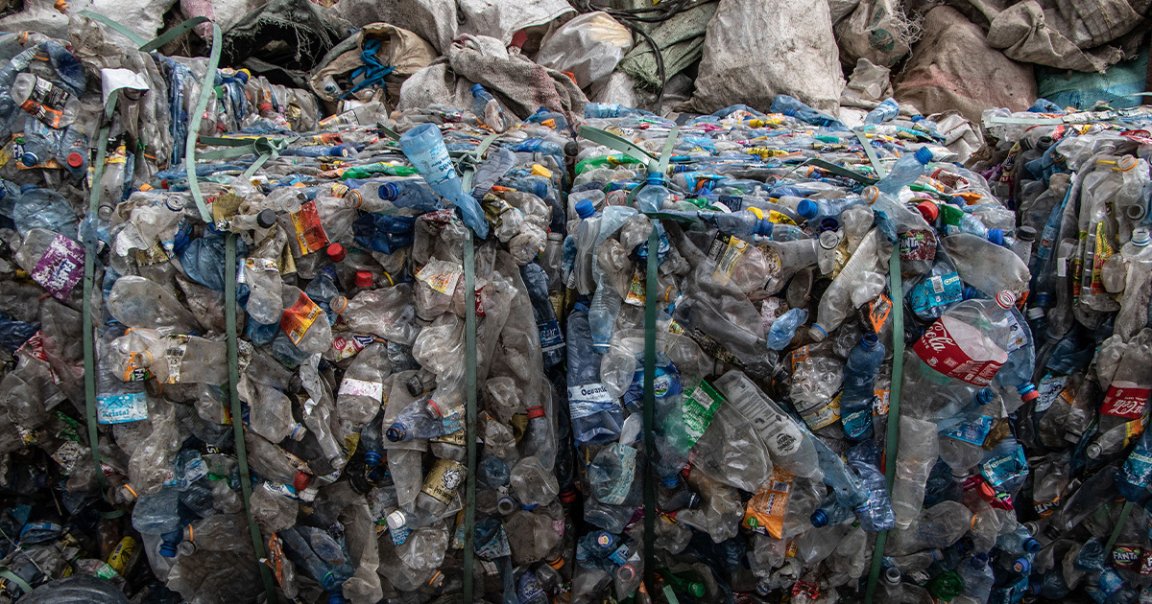
Bottom Feeders
We may have a way of literally eating away at our planet’s pollution crisis.
As part of a new study published in the journal Environmental Science and Technology, researchers have shed additional light on a possibly game-changing bacteria that grows on common polyethylene terephthalate (PET) plastics, confirming that it can break down and eat the polymers that make up the waste.
Scientists have long been interested in the plastic-decomposing abilities of the bacteria, Comamonas testosteroni. But this is the first time that the mechanisms behind that process have been fully documented, according to study senior author Ludmilla Aristilde.
“The machinery in environmental microbes is still a largely untapped potential for uncovering sustainable solutions we can exploit,” Aristilde, an associate professor of civil and environmental engineering at Northwestern University in Illinois, told The Washington Post.
Enzyme or Reason
To observe its plastic-devouring ability, the researchers isolated a bacterium sample, grew it on shards of PET plastics, and then used advanced microscopic imaging to look for changes inside the microbe, in the plastic, and in the surrounding water.
Later, they identified the specific enzyme that helped break down the plastic. To prove it was the one, they edited the genes of the bacteria so that it wouldn’t secrete the enzyme and found that without it, the bacteria’s plastic degrading abilities were markedly diminished.
That gene-hacking trick formed a full picture of what goes on. First, the bacteria more or less chews on the plastic to break it into microscopic particles. Then, they use the enzyme to degrade the tiny pieces into their monomer building blocks, which provide a bioavailable source of carbon.
“It is amazing that this bacterium can perform that entire process, and we identified a key enzyme responsible for breaking down the plastic materials,” Aristilde said in a statement about the work. “This could be optimized and exploited to help get rid of plastics in the environment.”
PET Project
PET plastics, which are often used in water bottles, account for 12 percent of global solid waste, the researchers said. It also accounts for up to 50 percent of the microplastics found in wastewater.
That happens to be the environment that C. testosteroni thrives in, opening up the possibility of tailoring the bacteria to clean up our sewage before it’s dumped into the ocean, for example.
But we’ll need to understand more about the bacteria before that can happen.
“There’s a lot of different kinds of plastic, and there are just as many potential solutions to reducing the environmental harm of plastic pollution,” Timothy Hollein, a professor of biology at Loyola University Chicago who was not involved with the study, told WaPo. “We’re best positioned to pursue all options at the same time.”
More on pollution: A Shocking Percentage of Our Brains Are Made of Microplastics, Scientists Find